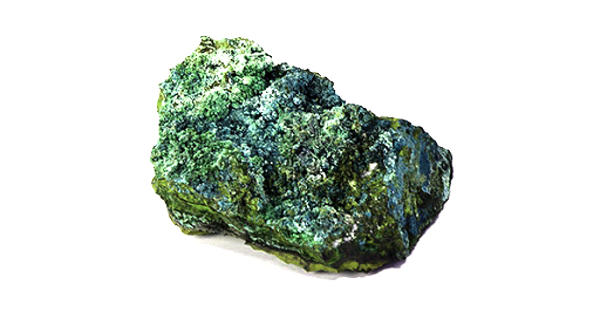According to a recent Rutgers study, warming of the oceans due to climate change may result in less profitable fish species to catch in the future. As temperatures rise, predator-prey interactions will prohibit species from keeping up with the conditions where they could thrive.
The latest study, which was published in the journal Proceedings of the Royal Society B, paints a confusing picture of ocean health. As the climate warms, major species and commercially important fisheries will not only shift out of their historical boundaries, but they will also be less plentiful in their new geographic areas.
A cod fisherman in the Atlantic, for example, might still locate fish 200 years from now, but in much smaller numbers. A marine ecosystem is a collection of living species found in the ocean. The oceans cover two-thirds of the Earth’s surface.
The biotic (living) and abiotic (nonliving) components that form marine ecosystems are unique. Abiotic influences include the amount of sunshine in the ecosystem, the amount of oxygen and nutrients dissolved in the water, closeness to land, depth, and temperature. Biotic factors include plants, animals, and bacteria.
The Mariana Trench and the Tonga Trench in the western Pacific Ocean, for example, are both deeper than Mount Everest (32,800 feet). Within this ocean habitat, a diverse range of creatures have evolved in response to varied environmental factors.
The model suggests that over the next 200 years of warming, species are going to continually reshuffle and be in the process of shifting their ranges. Even after 200 years, marines species will still be lagging behind temperature shifts, and this is particularly true for those at the top of the food web.
E. W. Tekwa
“What that suggests from a fisheries perspective is that while the species we fish today will be there tomorrow, they will not be there in the same abundance. In such a context, overfishing becomes easier because the population growth rates are low,” said study co-author Malin Pinsky, an associate professor in Rutgers’ Department of Ecology, Evolution, and Natural Resources.
“Warming coupled with food-web dynamics will be like putting marine biodiversity in a blender.”
The direct effects of climate change on individual species were the focus of previous research of shifting habitat ranges. While these “one-at-a-time” species estimates provide information about the composition of ocean communities in a warming world, they generally ignore the impact of food-web interactions on the rate of change.
To establish how climate change affects species’ ranges, the new study looked at trophic interactions, or the process of one species being nourished at the expense of another, as well as other food-web dynamics. The researchers discovered that predator-prey interactions drive many species, particularly large predators, to alter their ranges more slowly than climate change.
The euphotic zone is the top layer of a marine ecosystem, extending down to 200 meters (656 feet) below the surface. There is enough light for routine photosynthetic activity at this depth. This is where most marine life can be found.
“The model suggests that over the next 200 years of warming, species are going to continually reshuffle and be in the process of shifting their ranges,” said lead author E. W. Tekwa, a former Rutgers postdoc in ecology, evolution, and natural resources now at the University of British Columbia. “Even after 200 years, marines species will still be lagging behind temperature shifts, and this is particularly true for those at the top of the food web.”
Although the diversity of life-forms seen in modern oceans did not emerge until much later, several types of bacteria, algae, protozoa, and primitive metazoa emerged during the Precambrian (approximately 4.6 billion to 542 million years ago) to utilize the world’s early maritime settings.
Long-term changes in temperature and weather patterns are referred to as climate change. These movements could be due to natural causes, such as oscillations in the solar cycle. However, human activities have been the primary cause of climate change since the 1800s, owing to the combustion of fossil fuels such as coal, oil, and gas.
Millions of species are moving poleward as the climate rises, causing a major restructuring of life on Earth. However, a critical component of life that animals and other organisms must eat has been largely overlooked in our understanding of these processes.
The researchers investigated how species’ migrations are influenced by their basic desire for nutrition. The researchers created a “spatially explicit food-web model” that took into account factors like metabolism, body size, and ideal temperature ranges.
Their model found that dynamic trophic interactions hinder species’ capacity to respond swiftly to higher temperatures by accounting for climate change. They also discovered that larger top predators stay in historical environments longer than smaller prey, possibly due to the emergence of new food sources in their pre-warming ranges.
“These dynamics will not only be in one place but globally,” Pinsky said. “That does not bode well for marine life, and this is not an effect that has been widely recognized.”
















